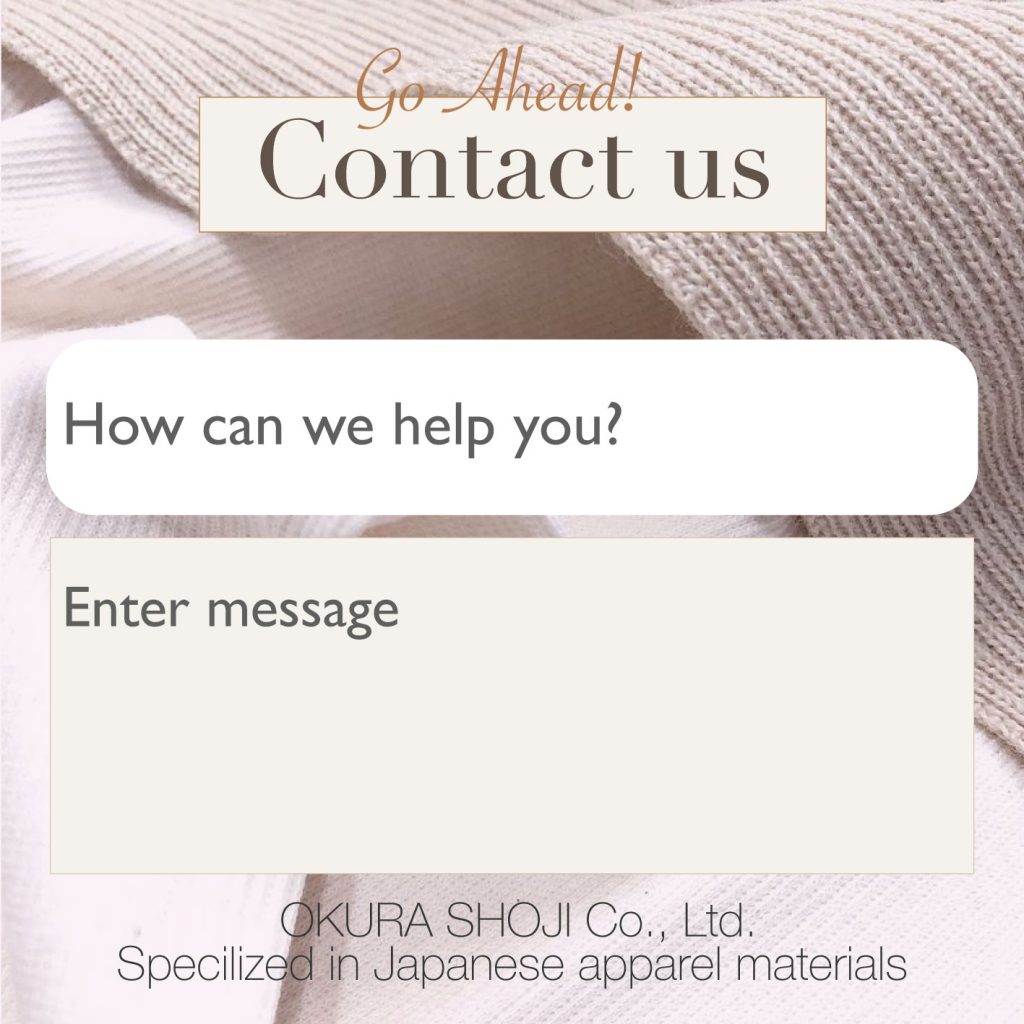About PVC Finishing of Fabrics: Here are some examples.

Hello, This is Daisuke from APX News Global.
This time, we would like to introduce the PVC processing of the fabric used for the bag we made at the request of a certain brand.
PVC is often used by bag makers, but for those who are unfamiliar with the term, we would like to explain the compatibility and characteristics of the different materials used in PVC processing.
Contents
CASE: How to choose the processing from order to delivery for tote bag production
Regarding the appearance of the processed surface
A customer requested a hemp tote bag.
Since the customer wanted the product to be waterproofed, we decided to apply a PVC finish.
In this case, 0.2mm thick PVC (matte finish) was applied to the back of the hemp fabric.
There are various types of PVC processing, but the two PVC processing types that came up as candidates this time were “glossy processing” and “matte processing”.
Since the fabric used is a non-glossy hemp fabric, we decided to produce it with a matte finish.
Regarding PVC thickness
After deciding on the looking, choose the thickness.
The thickness of PVC finish is usually 0.05mm~0.25mm.
This time, the client wanted the bag to stand on its own, so we repeated several prototypes and decided on a thicker 0.2 mm.
The fabric became stiffer and the bag could stand on its own. He was very pleased and the bag was delivered with no probrem.
Features of PVC processing
Next, I would like to introduce the characteristics of PVC processing.
PVC stands for polyvinyl chloride coating, and PVC-coated fabrics are flexible, relatively inexpensive, and easy to process.
PVC itself can be colored, and patterns can be created by embossing.
In addition, it is also used as a material to stop fabrics from fraying and to prevent water from entering the interior of bags, etc., taking advantage of its low deterioration over time.
Cautions for PVC processing
- Depending on the thickness, even though it will be waterproof, it is not completely waterproof. Also, although it is attached to the fabric, it may float away from the fabric if it is rubbed.
- When doing this on fabrics with polyester prints, etc., it is best to avoid doing this on fabrics that have polyester prints, etc., as the dye may be transferred to the PVC.In Japan, a clear vinyl sheet is often placed on study desks to prevent stains, but if photos are kept under the sheet, the color of the photos often gets on the vinyl.
Fabrics that work well with PVC processing
PVC treatment is considered to work well with fabrics with low breathability, such as nylon and other synthetic fibers.
Therefore, they usually do not apply PVC treatment to fabrics that have breathability, such as natural materials.
If the material is natural, a thin, inexpensive film called laminate is often applied to produce the above characteristics.
However, in this case, the client wanted the product to stand on its own and to enhance its waterproof function, so we applied a 0.2mm-thick PVC finish to the natural fiber hemp.
We handle this on a case-by-case basis, as it means that there are various types of processing to be done depending on the client’s requirements.
Thanks reading as far
PVC processing is basically a process to increase strength and water resistance, which is often done on synthetic fibers.
If you have any concerns about processing of fabric, please contact us.



